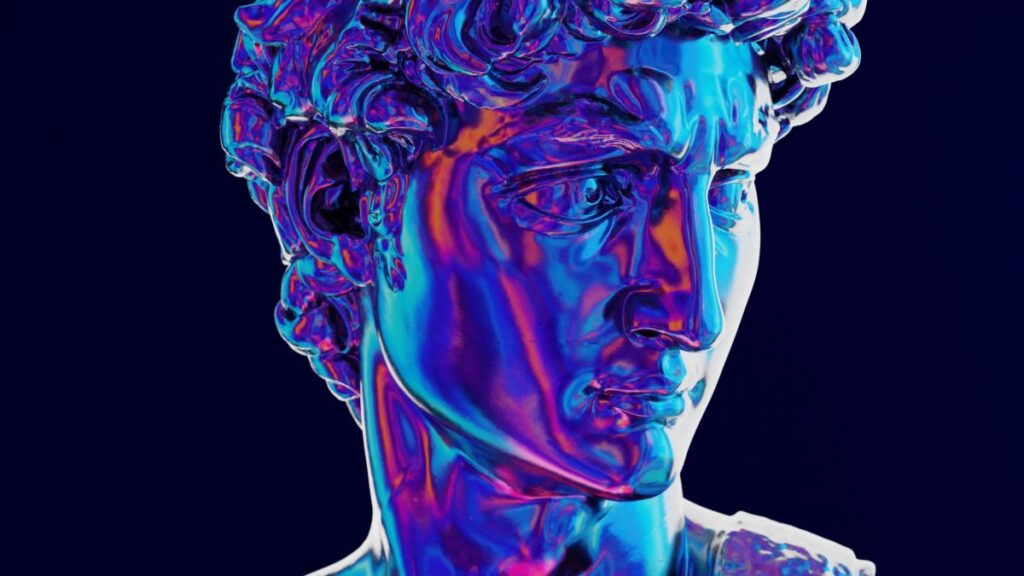Video game graphics have evolved tremendously since the 1950s, from simple lines to photorealistic graphics. This article outlines the process of creating video game graphics, starting with concept art using pencil and paper or digital tablets. The next stage is 3D modeling and texturing, followed by animation to make characters and environments move realistically. Lighting and rendering come next, then post-processing for effects like motion blur and color grading. All stages are critical to determining the final product’s visual quality, and as technology evolves, video game graphics will only become more advanced, providing players with more immersive gaming experiences.
Introduction
Video games have come a long way since their inception in the 1950s. From the earliest games created using simple lines and dots to the photorealistic graphics of today, video game graphics have evolved dramatically. This article will provide an overview of the process of creating video game graphics – from the initial concept art to the final product.
Concept Art
The first stage of video game graphics development is concept art. This is the phase where the game’s characters, environment, and objects are created through sketches and drawings. Concept art is essential in determining the look and feel of the game. During this stage, artists can use various tools to create their sketches, such as pencil and paper or digital tablets.
3D Modeling and Texturing
Once the concept art has been finalized, the next stage is to create 3D models of the characters and environment. Modeling is the process of creating a 3D mesh using special software such as Maya or Blender. This allows the artists to create a digital version of the characters and environment that can be viewed from any angle.
After the modeling is complete, texturing comes into play. This is the process of adding color and texture to the 3D models to make them look realistic. Texturing can be quite complex, as artists work to create texture maps that will look good in different lighting conditions and on different computer hardware.
Animation
Once the 3D models are complete and textured, the next step is to animate them. This is the process of making the characters and environment move realistically. Animators use different techniques to create animations, such as motion capture, keyframe animation, or procedural animation. The goal is to make the movements look as natural as possible, and to create seamless transitions between different animations.
Lighting and Rendering
After the 3D models and animations are complete, the game’s graphics still must be rendered. Rendering is the process of generating the final images that will be seen by the player. This requires special software that can calculate how light and shadow interact with the environment and characters. Lighting is an essential component of video game graphics, as it can greatly impact the look and feel of the game.
Post-Processing
Finally, the last stage of video game graphics development is post-processing. This involves taking the final rendered images and adding effects such as motion blur, depth of field, and color grading. These effects help to enhance the overall visual quality of the game and create a more immersive experience for the player.
Conclusion
The process of creating video game graphics is complex and demanding. From concept art to post-processing, every stage plays a crucial role in determining the final product’s visual quality. As technology continues to evolve, video game graphics will only become more sophisticated, providing players with even more immersive and lifelike gaming experiences.
